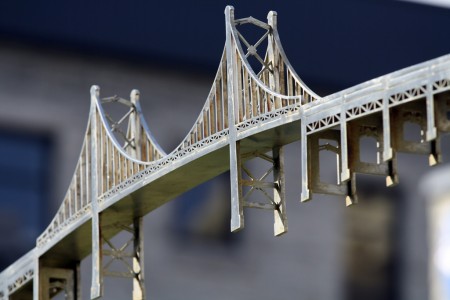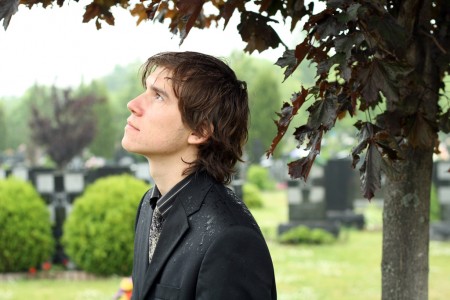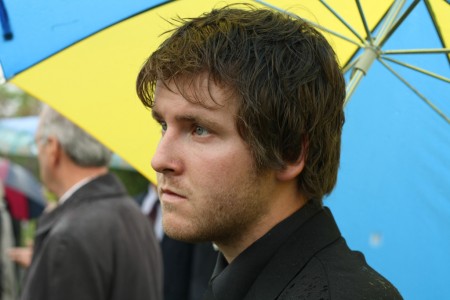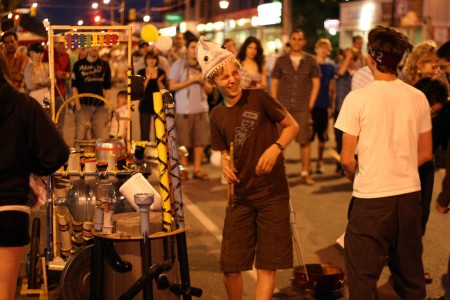While useful, voicemail is a flawed technology that can be improved in many ways. Three recent examples come to mind:
First, there is Apple’s visual voicemail. The improvement here is like the improvement between cassette tapes and compact discs: each message is an independent ‘track’ that can be treated as a unit. That is nicer than just having a single audio string to deal with, since you can see right away who called and jump to any message.
Secondly, there is the voicemail system of my VoIP provider. The nicest thing they do is provide an option to email you MP3s of your messages, which include caller ID to let you know who they are from. Now, I only call the actual voicemail number to periodically delete all the messages accumulating there.
Third, and neatest of all, is the transcription feature in Google’s forthcoming ‘voice’ product. Not only do you get to see who called, but you get an automated transcript. I am sure the voice recognition is far from perfect, but people seem to find it good enough to evaluate which messages need to be listened to, and which ones are just ‘call me back’ requests. To some extent, this even makes voicemail searchable, which is a neat trick.
While sound has character and authenticity to it, it is really a degraded form of communication, when it comes to simple searching and management. It is nice to see innovative ways to overcome the limitations of sound-based messages, while still retaining the original format, for those situations where you actually want to hear the message.








